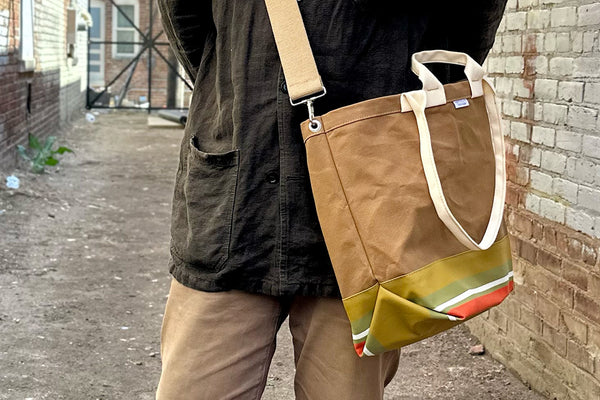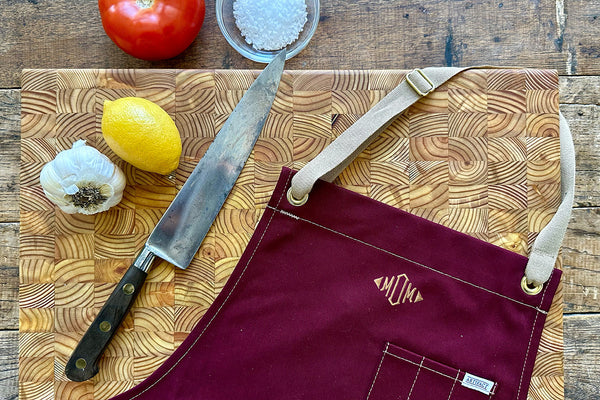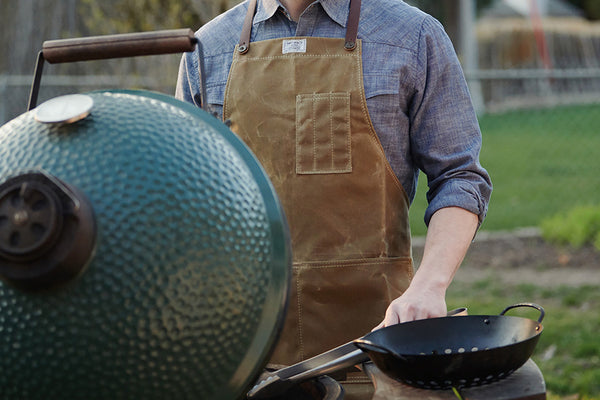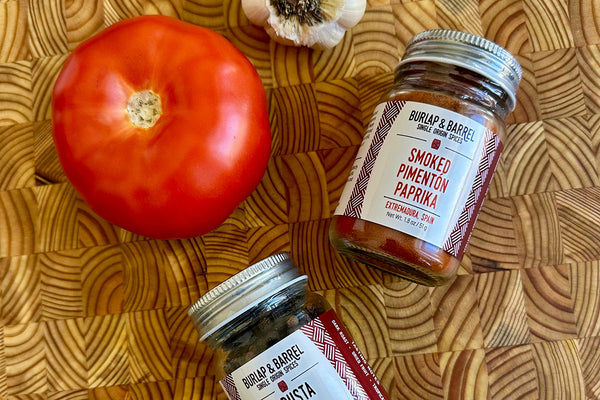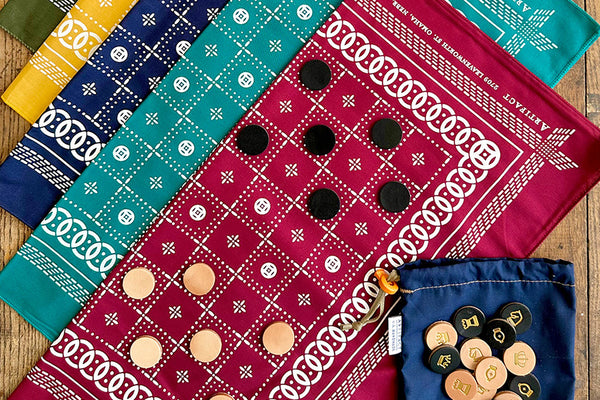The Artifact Blog
The Evolution of The Canvas Tote Bag: Our Take on a Classic
The use of canvas sail cloth dates to ancient times. It could be argued one of the earliest uses of tote bags were by sailors, made from repurposed sailcloth to stow their personal items. Beyond early maritime origins, canvas totes were largely used in the 19th century during the Industrial Revolution for carrying coal, a primary source for fuel.
As the use of coal heat declined by the mid-20th century and demand for canvas coal bags decreased, but their industrial use in the military, the postal service, and agriculture popularized the tote's utility as reusable shopping and grocery bags.
L.L. Bean helped usher the canvas tote into the mainstream by releasing an ice carrying bag in 1944 that developed into their immensely popular “Boat and Tote” still available today.
The canvas tote bag has become a ubiquitous object that is even given away at promotions and events, but all totes are not created equal. Although L.L. Bean’s Boat and Tote is still made in USA and considered a good value, you can see by construction details (like stitches per inch) that every consideration has been made to bring down the sewing time and labor cost. As L.L. Bean founder Leon Leonwood was known to say, “You get what you pay for”.
Our No.110 Beach & Boat Tote is a nod to the rugged overbuilt coal bags from the early 20th century. We use beefy 20 oz numbered duck canvas and natural cotton webbing rescued from a local canvas goods manufacturer that closed its doors in the 1990’s - after being in business for decades and making canvas field gear during WWII. We’re still using several pieces of their original equipment in the production of our bags!
The bottom of our No.110 tote is made from remnants of repurposed NOS (new old stock) rubberized / vinyl awning material that would have gone to the landfill. Our handles are secured with steel rivets, and we can stencil your name military-style on the tote’s webbing with our vintage MARSH Model H-41-R stencil machine. They’re small batch handmade in our Omaha, NE studio since 2010.

